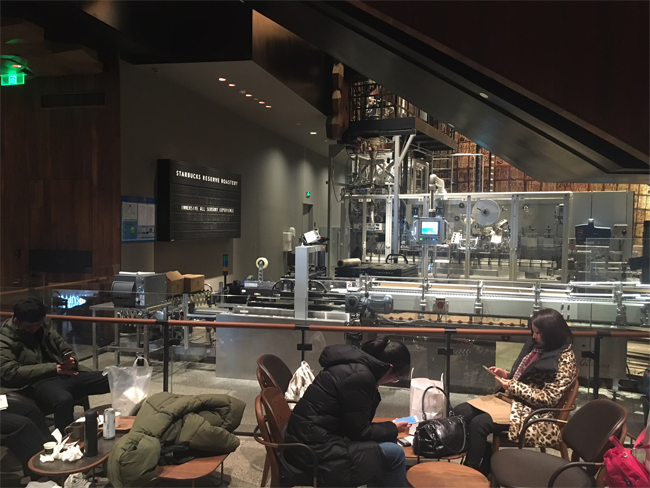Shanghai FDA and Starbucks: profitable cooperation

On October 25, 2017 the new “Shanghai Open coffee-roasting production license review rules” entered into force. These rules apply to food production licenses for coffee-roasting in open way, which is basically coffee-roasting activity conducted in areas within retail or food-service stores, defined as “…processing way which enables consumers to see the roasted coffee production facilities and production process, meanwhile, there is transparent protective facilities between the non-production area and the production area to prevent entrance of no-production person to the producing area”.
Just a couple of months after, the new famous Starbucks flagship store (Starbucks Reserve Roastery) was open – first ever in China to host a coffee-roasting site within a Starbucks coffee shop.
Authorities officially declared that approval of this new regulation has indeed been sparkled by Starbucks opening; a long technical cooperation between Starbucks and FDA has been required in order to agree on the food safety requirements for this regulation.
The regulation requires that the open-roasting area shall comply with the ordinary requirements for food-production sites. We are therefore really talking about having a factory-degree facility within a restaurant. The two different areas (production and non-production) must be totally separated one from another to avoid cross-contamination risk. For example:

Why this was required
Coffee-roasting is considered food-production activity. The existing implementing regulation for coffee-roasting production license has been conceived for production activity conducted in factories, not in areas within restaurants or retail stores. Therefore, without a new regulation tailored on the “open space” way of production, it would have been impossible for Starbucks to obtain such a license.
Why this is a milestone
This is a milestone because it shows how – through communication, commitment and technical effort – Chinese authority can effectively open regulatory doors in order to meet business players requests. As declared by FDA officers, when Starbucks discussed its intention to launch this new project – which merges into one same facility food production, food service and food retail – FDA feared that, due to lack of regulatory grounds, the project would have been unfeasible. Nevertheless, deep commitment from both side, along with one-year long technical discussion, cleared way to this important regulatory and business achievement.

Of course, Starbuck great status in China (where it is a major food player) along with the low-food safety risk in coffee-roasting compared with other food production activities has definitely helped.
However, this shall from one side help existing business which de-facto already host food production in their food-service facilities to adjust their business model; on the other side, it may clear the regulatory-way to new creative food business models (totally-automated restaurants, etc…).


